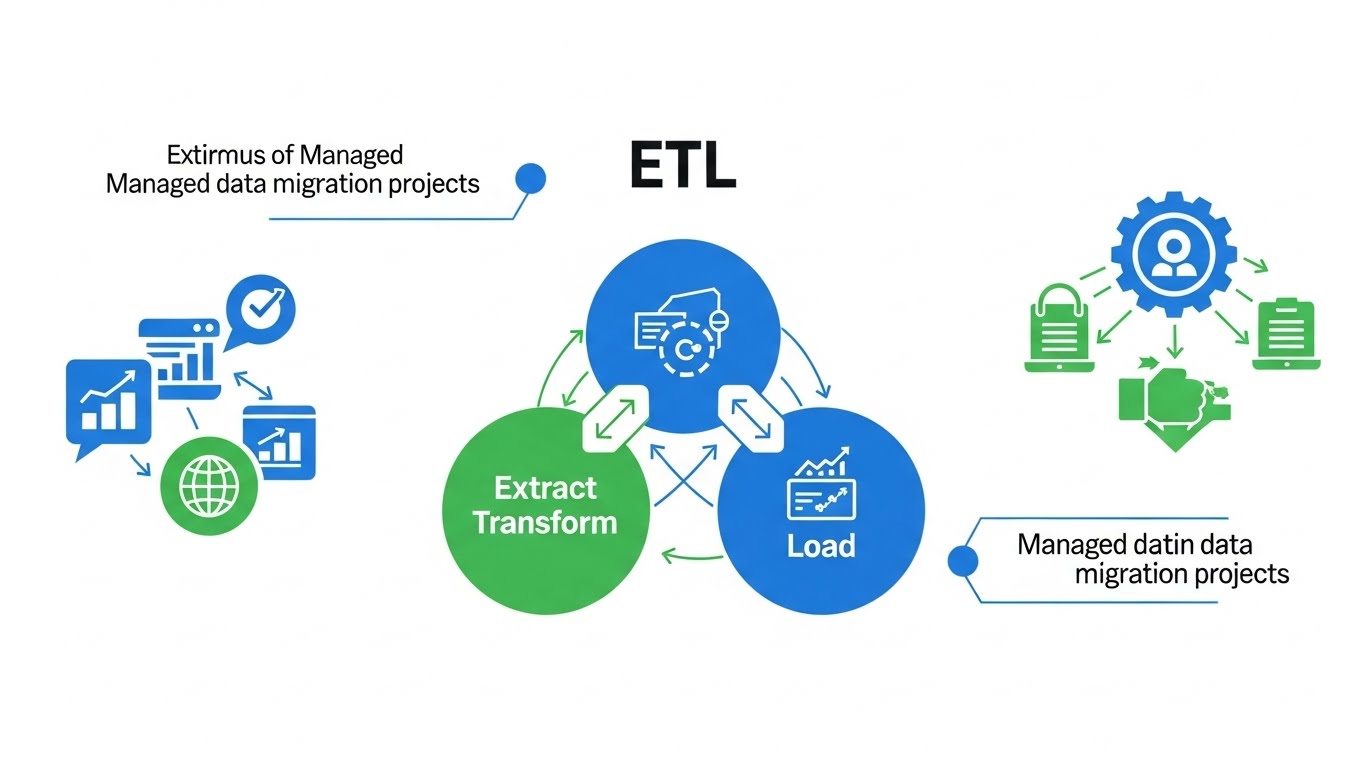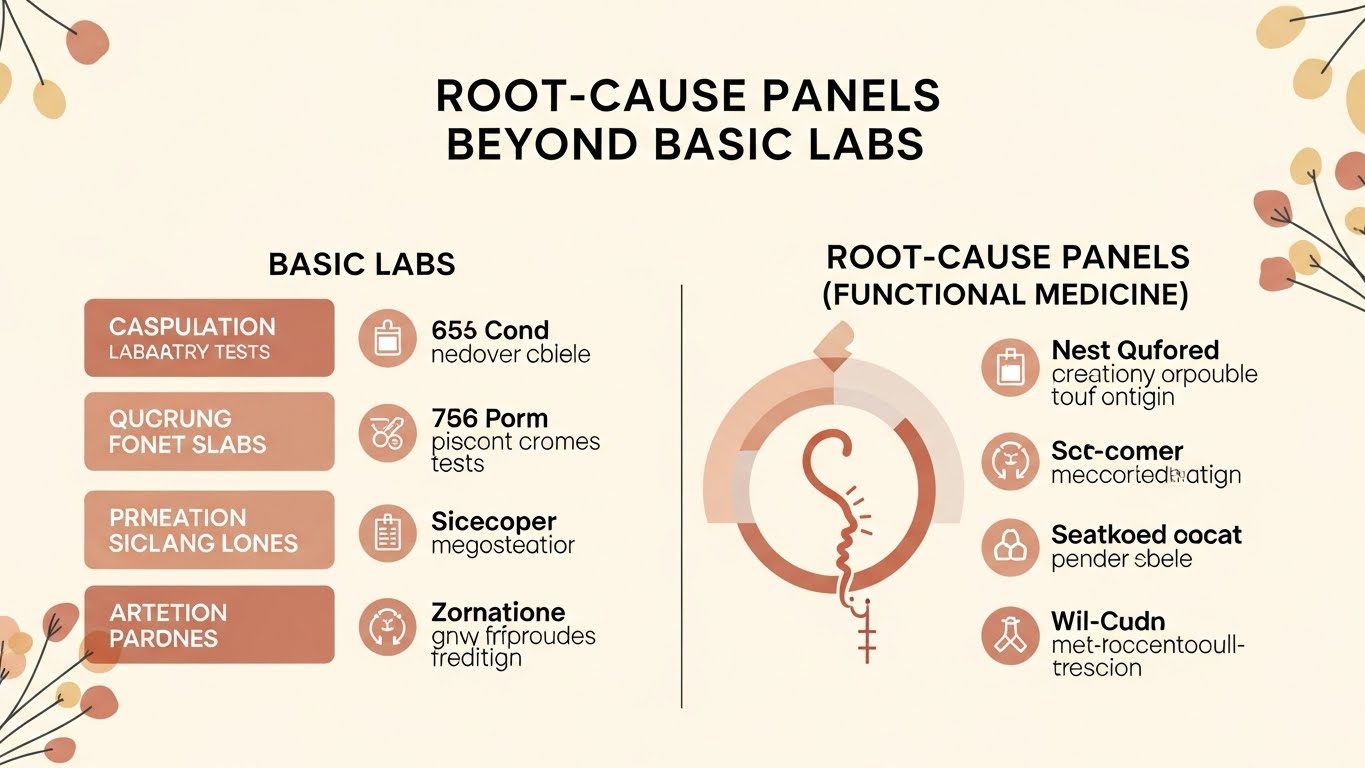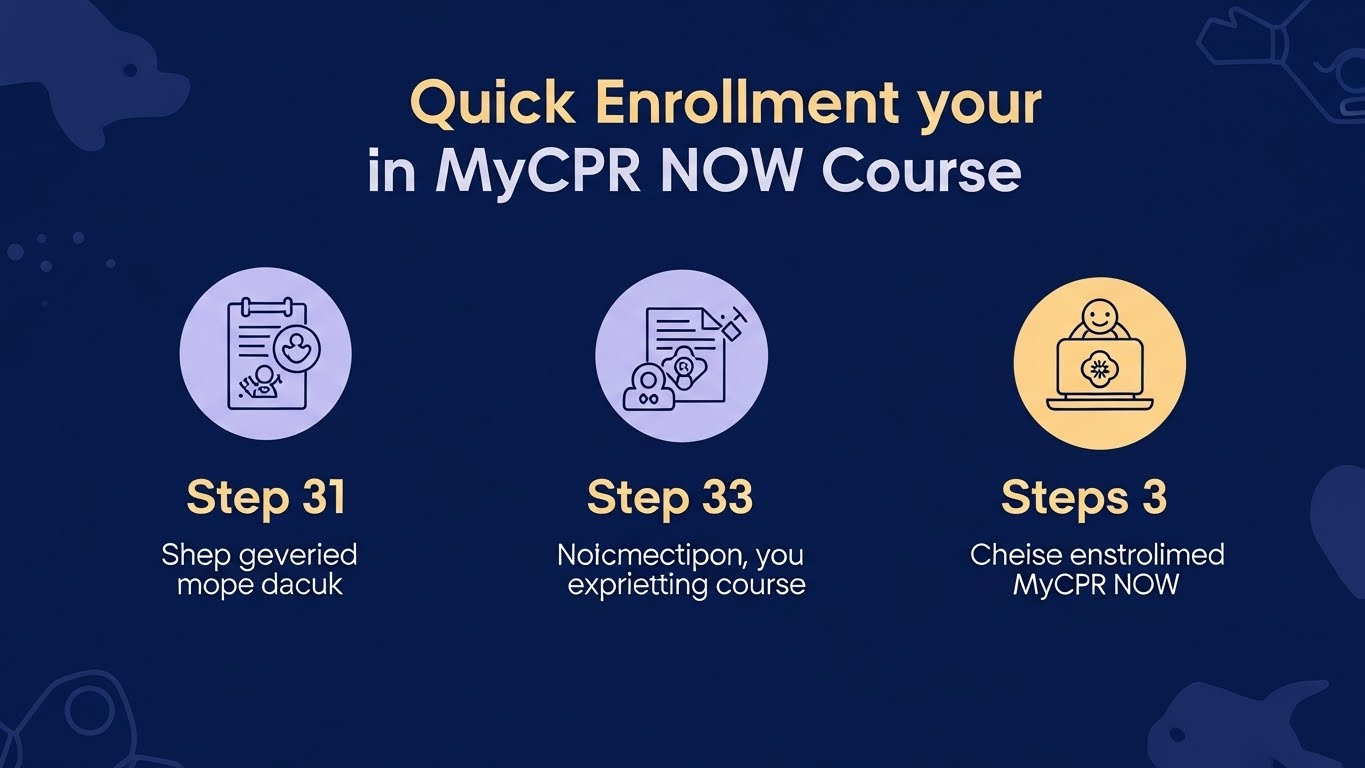GENERAL
The Role Of Photoluminescent Exit Signs In Emergency Preparedness Plans

You may have observed photoluminescent exit signs softly glowing in the distance when passing through a commercial building. For example, strategically positioning a no exit sign can guide individuals away from hazardous routes in an emergency. These signals are necessary for regulations and crucial to emergency readiness strategies. How do they specifically help in ensuring our safety?
The Mechanics Behind Photoluminescent Exit Signs
Unlike traditional electrical signs, photoluminescent signs do not rely on power sources to stay lit. Instead, they absorb ambient light and then emit it when it’s dark. This makes them particularly useful during power outages. Photoluminescent materials are typically made from strontium aluminate pigments, which can emit light for several hours after being charged by a light source. A National Fire Protection Association study highlighted that these signs can remain visible for hours after the lights go out. This feature is crucial in guiding occupants to safety during emergencies, especially when electrical systems fail or lights are obstructed by smoke. The light emitted by these signs is often green, which the human eye is susceptible to, making it easier to notice the signs even in low-visibility conditions.
Legal Requirements And Standards
Many regions mandate the use of photoluminescent exit signs in commercial buildings. Both OSHA and local fire codes have specific guidelines for their implementation. Proper placement ensures people can find their way out safely, even in the thickest smoke or complete darkness. Non-compliance can result in hefty fines and increased liability during emergencies. For example, according to local fire codes, these signs must be placed at specific heights and distances to maximize visibility.
Additionally, they must be tested regularly to ensure their luminance levels meet the required standards. These regulations ensure occupants have a clear and reliable path to safety during an emergency, such as a fire or an earthquake. Non-compliance can not only lead to significant fines and increased legal and financial liabilities in an emergency where individuals cannot evacuate safely.
Benefits Of Traditional Exit Signs
- Energy Efficiency: Since they do not require electricity, they can significantly reduce energy costs. Traditional exit signs are typically powered by electrical circuits or batteries, which consume electricity 24/7. On the other hand, photoluminescent signs charge themselves during the day and emit light in darkness, making them an eco-friendly and cost-effective solution. This can result in savings on the electricity bill and the costs associated with battery replacements and overall maintenance.
- Reliability: No wires mean no risks of electrical failure during emergencies. Electrical exit signs can fail if the circuits are damaged or the power supply is cut off. Photoluminescent signs remain operational regardless of electrical issues, providing a consistent and reliable means of egress. This reliability becomes critical in high-risk scenarios such as fires, where electrical circuits are often among the first systems to fail.
- Maintenance: They require minimal maintenance compared to battery or electrically powered signs. Regular electrical signs need frequent battery replacements and maintenance to function correctly. On the contrary, photoluminescent signs require only occasional cleaning to keep their surfaces free from dust and obstructions that might block light absorption. This reduced need for maintenance translates into lower long-term operational costs and ensures that the signs are always in a state of readiness.
Installation And Maintenance Tips
Installing photoluminescent exit signs is straightforward but must adhere to specific guidelines. Ensure the signs are exposed to adequate lighting for at least 60 minutes daily to charge their luminescent properties fully. Cleaning the signs periodically removes any dust or particulates that could inhibit their ability to absorb and emit light efficiently. This includes installing the signs and testing how to install the signs and how to test them periodically to ensure they meet the required luminance levels. It’s also crucial to record maintenance activities and testing results to ensure compliance with local safety regulations. Regular maintenance and testing ensure these signs perform optimally when needed, providing peace of mind to building managers and occupants alike.
Debunking Common Myths
Some argue that photoluminescent signs are less bright than their electrically powered counterparts. However, advances in material science have significantly improved their luminance, making them comparable to, if not brighter than, many traditional exit signs. Moreover, unlike electrical signs, their effectiveness doesn’t fade over time due to battery failure or wiring issues. These signs are designed to be visible through smoke and darkness, providing a reliable means of egress. They are also often tested under rigorous conditions to ensure adequate visibility in the darkest and most challenging environments. The durability and resilience of photoluminescent signs make them an increasingly popular choice for safety professionals striving to enhance emergency preparedness measures in their facilities.
The Future Of Emergency Preparedness
As technology evolves, so do the materials and capabilities of photoluminescent signs. Emerging innovations promise to make them even more efficient and reliable. Researchers are exploring new luminescent materials that can provide longer-lasting and brighter illumination. Moving forward, we can expect these signs to become an even more integral part of comprehensive emergency preparedness plans, boosting overall safety standards. The continuous improvements in this technology, coupled with increased awareness and regulatory support, will play a crucial role in enhancing building safety and emergency preparedness across various sectors. These advancements are technical and regulatory, with more jurisdictions expected to mandate photoluminescent signs as part of their building and fire safety codes, making them a cornerstone of modern emergency preparedness strategies.
GENERAL
Understanding ETL in Managed Data Migration Projects

Data migration sits at the center of nearly every modernization, consolidation, or system-upgrade initiative. Whether an organization is moving to a new ERP, CRM, analytics platform, or cloud environment, the success of that project depends on one thing above all: accurate, high-quality data. Poorly migrated data leads to operational breakdowns, reporting issues, and cost overruns. That is why structured ETL (Extract, Transform, Load) processes form the backbone of every successful migration effort.
While many organizations attempt to migrate data using manual techniques, spreadsheets, or ad-hoc scripts, these approaches rarely scale. They lack governance, validation, repeatability, and auditability. In contrast, structured ETL processes ensure data moves securely, consistently, and in a format that matches the target system. For this reason, many enterprises explore data migration-as-a-service to manage complexity, standardize data handling, and reduce risk during large-scale projects.
Before reviewing the role of ETL, it’s important to understand the environment in which managed migration projects operate. Large organizations deal with multiple legacy systems, inconsistent data definitions, unstructured data sources, and complex relationships across entities. ETL functions as the technical and procedural foundation that organizes this complexity into a predictable, manageable workflow.
What ETL Represents in a Managed Migration Project
ETL refers to the structured process of extracting data from source systems, transforming it into the necessary format and quality, and loading it into a new target system. In managed migration projects, ETL is not just a technical sequence—it becomes a controlled lifecycle supported by governance, validation checks, error handling, and stakeholder collaboration.
Why ETL matters
- Ensures accuracy in the migrated dataset
- Maintains data relationships and referential integrity
- Removes duplicates, inconsistencies, and unused attributes
- Improves data quality before it enters a new platform
- Provides a repeatable workflow for multiple test cycles
These capabilities reduce the risk of downtime, system misalignment, and post-go-live disruptions.
Breaking Down the ETL Stages
1. Extraction: Identifying and Collecting the Right Data
Extraction is the process of identifying which data needs to move and pulling it from legacy systems. This step often reveals gaps, inconsistencies, outdated fields, or missing values.
Key activities in extraction
- Mapping source systems and entities
- Identifying active, relevant, and historical data
- Exporting data while preserving keys and relationships
- Applying filters to remove obsolete or redundant data
- Documenting extraction logic for repeatability
Extraction is also where system owners clarify what truly needs to migrate—and what can be archived instead.
2. Transformation: Standardizing, Cleaning, and Structuring Data
Transformation is the most critical stage of ETL. It shapes raw data into standardized, validated, and structured information that fits the target environment. Poor transformation leads to misaligned fields, lookup issues, broken relationships, and inaccurate reporting after go-live.
Midway through most transformation cycles, organizations also evaluate resource strategies—especially when project teams need additional analysts, QA leads, or migration specialists. In these cases, teams sometimes explore whether to hire dedicated remote staff to support ETL development, validation, or repeat test cycles.
Key transformation activities
- Cleansing data to remove errors or duplicates
- Standardizing naming conventions, formats, and units
- Enriching data using business rules
- Mapping fields from source to target systems
- Establishing reference data and lookup values
- Applying validation logic to catch inconsistencies
- Building transformation scripts that support multiple cycles
Transformation ensures the target system receives clean, structured, and usable data.
3. Loading: Moving Data into the Target System
Once the transformation is complete, the final step is loading the cleaned data into the target environment. This stage must be precise, controlled, and optimized to avoid performance issues or load failures.
Key activities in loading
- Sequencing loads to respect entity dependencies
- Using bulk-load APIs or staging frameworks
- Validating successful loads and identifying rejected entries
- Reconciling record counts against extraction outputs
- Running post-load validation scripts and business rule checks
- Documenting issues for the next migration cycle
Loading must also be repeatable, as migration projects include multiple test iterations before the final cutover.
Why ETL Requires Rigorous Governance
Successful managed migration projects rely on structured governance to maintain quality and avoid data discrepancies. A single incorrect transformation rule or missing reference table can cause cascading errors after go-live.
Governance practices that strengthen ETL
- Version control for scripts and data maps
- Review cycles between business and technical teams
- Automated validation scripts for each stage
- Full audit trails for extraction and loading
- Clearly documented exceptions and resolutions
- Rules for data ownership and approval
Governance ensures the migration can withstand audits, system reviews, and post-go-live troubleshooting.
ETL in Multi-Cycle Migration Projects
Large migrations typically run through several cycles: unit testing, system integration testing, user acceptance testing, and finally cutover. ETL processes must be repeatable and adaptable through each cycle.
Benefits of multi-cycle ETL
- Catches data issues early
- Allows incremental refinement of mapping rules
- Ensures all transformation logic is production-ready
- Reduces uncertainty before final migration
- Builds confidence in data quality
By the time cutover arrives, ETL processes have been tested multiple times, minimizing surprises.
Common ETL Challenges and How Managed Migration Teams Solve Them
1. Inconsistent data across legacy systems
Migration teams perform profiling, run data-quality checks, and establish cleansing rules that unify fields across sources.
2. Heavy customizations and irregular formats
Special transformation logic is created to handle unique data types, legacy fields, or custom workflows.
3. Misaligned business definitions
Business users and technical teams collaborate to define standardized naming conventions, taxonomies, and data ownership.
4. Broken relationships or missing reference values
Lookup tables, keys, and dependencies are validated repeatedly to prevent referential integrity issues.
5. Performance issues during load cycles
Teams optimize load sequencing, indexing, and batching strategies to improve efficiency.
These challenges highlight why managed experts and structured ETL frameworks are essential.
Conclusion
ETL sits at the core of every managed data migration project. It ensures that extracted data is accurate, transformed into clean and standardized formats, and loaded into the target system with complete integrity.
Without disciplined ETL processes, migrations risk producing inconsistent reporting, operational disruptions, and long-term system issues. With the right extraction logic, transformation rules, governance, and loading sequences, organizations achieve a smooth transition to new platforms—and build a reliable foundation for future analytics, automation, and digital initiatives.
GENERAL
Functional Medicine Laboratory Test Explained: Root-Cause Panels Beyond Basic Labs

Persistent fatigue, digestive discomfort, or simply not feeling well: these conditions remain undiagnosed and unknowingly become a part of life. The result is a hindrance in reaching your full potential as the body is busy coping with the issues.
The key to solving the problem is right identification. Where conventional lab reports come out to be normal, it is the functional medicine lab tests that help uncover the root cause of unexplained feelings of not being well. Does the term ‘functional medicine’ sound new to you? Or have you heard it but are unsure what it actually means? We explain the details here while relating how it upgrades the quality of life. Scroll down to know.
What is Functional Medicine?
Functional medicine is a root cause based approach to healthcare. Instead of only treating symptoms, it focuses on why a health issue is happening. It achieves this by understanding how different systems of the body, such as the gut, hormones, immune system, metabolism and genetics, are connected with each other.
The functional medicine focuses on:
- Impact of the diet, lifestyle, stress, environment and genetics on health
- Individual differences rather than one-size-fits-all treatment
- Long-term healing instead of temporary symptom suppression
Understand this with an example: If a patient faces acid reflux or bloating, the common approach is to treat with antacids. Functional medicine identifies whether the issue is coming from gut infections, poor digestion, inflammation or food sensitivities.
What Are Functional Medicine Laboratory Tests?
Functional medicine laboratory tests are advanced diagnostic tests. They help identify early imbalances and hidden dysfunctions before they turn into disease. Generally, these tests assess:
- Hormonal balance: To identify hormonal imbalances and manage the symptoms concerning heavy and painful periods, infertility, weight gain, migraines and more.
- Gut health: To identify abundance and diversity of harmful and beneficial microbes, including bacteria, viruses, parasites, fungi and others. It helps deal with chronic conditions, skin issues, inflammation, autoimmune disorders and more.
- Genetic tendencies: To recognise the body’s capability to process and metabolise fat and carbohydrate, risk of chronic diseases, optimise power, endurance and recovery, and more. It helps achieve peak fitness, manage weight, improve mental health and more.
- Immune response: To know about compounds (such as food) sensitive to the body and to learn about gut permeability.
- Nutritional profile: To identify the deficiencies of antioxidants, minerals, B-vitamins, digestive support, fatty acids, amino acids, and omega-3, 6, and 9 in the body.
Importance of Functional Medicine Laboratory Tests
The functional medicine approach plays an important role in achieving well-being for the individual. Here is how the approach works beyond the basic lab tests to help patients feel good:
Helps Uncover Root Causes of Chronic Symptoms
Functional medicine lab tests are useful for people dealing with chronic medical conditions such as chronic fatigue, digestive problems, autoimmune conditions or unexplained symptoms. These tests provide insight into more detailed aspects of the body at the foundational level. Interpreting them offers enough information to handle the mentioned problems.
Detects Issues Missed by Conventional Testing
The functional medicine lab tests reveal underlying imbalances such as nutrient deficiencies, hormonal dysfunctions, hidden infections, or inflammation related triggers. Many of these imbalances may not appear in standard lab ranges. Using these insights helps reduce symptoms and improve body functionality, thus offering relief.
Enable Early Detection and Prevention
The functional medicine lab tests allow timely identification of gut dysbiosis, allergic foods, antioxidant or fatty acid deficiencies, bacterial and fungal toxins, and much more. It involves testing in the scenario of discomfort before the problems progress into more serious conditions. The timely interventions, like lifestyle, dietary, or nutritional adjustments, support long-term health.
Guides Personalised and Targeted Interventions
Test results are interpreted by practitioners in combination with various individual aspects, including but not limited to existing lifestyle, previous medical history, previous drug responses, symptoms, and other details. Subsequently, the professionals develop a tailored plan based on individual needs to provide relevant and measurable interventions.
Tracks Progress and Treatment Effectiveness
Further insights through follow-ups about the personalised plans ensure the effectiveness of the suggested modifications. Depending on the progress and results, the adjustments can be made. Hence, it supports a proactive and evidence-based approach to health management.
Comparison Between Standard Laboratory Tests and Functional Medicine Laboratory Tests
The differences between standard or conventional laboratory tests and functional medicine laboratory tests are as follows:
| Parameter | Conventional Laboratory Tests | Functional Medicine Laboratory Tests |
| Primary focus | Diagnosis of existing disease and acute conditions | Optimising functional well-being and early imbalance detection |
| Approach to health | Reactive, i.e., it involves taking action once disease markers appear | Proactive, i.e., identification of the early signs of dysfunction before disease develops |
| Personalisation | Limited personal context | Interpreted as per the individual biochemistry, lifestyle, and health goals |
| Examples of tests | Complete Blood count (CBC), lipid panel, basic thyroid tests, and others | Gut health tests, hormone panels, nutrient status, and more |
| Outcome | Confirms presence or absence of disease | Guides targeted interventions to maintain and improve health |
Conclusion
Functional medicine laboratory tests offer comprehensive and deeper insights into the body’s functionality. They allow early diagnosis and personalised intervention to offer relief from discomforts that are challenging to understand with conventional tests. The functional medicine focuses on gut health, nutrition, hormones, immune response, and genetic tendencies, among others, to identify the root causes. Also, it works on a proactive approach, helping the individual feel better and confident.
GENERAL
Quick Enrollment Steps for Your Next MyCPR NOW Course

When it comes to getting certified in CPR, First Aid, or BLS, MyCPR NOW makes the process quick, easy, and accessible. Whether you’re a student, caregiver, or healthcare worker, enrolling in a certification course has never been simpler. Below, we’ll walk you through the quick and easy steps you need to take to get started with your next MyCPR NOW course.
Step 1: Visit the MyCPR NOW Website
The first step to enrolling in a MyCPR NOW course is to visit the official website: MyCPR NOW. On the homepage, you’ll find a clean and user-friendly interface that will guide you to the courses you need.
Whether you’re looking for CPR certification, First Aid, or more advanced courses like BLS (Basic Life Support), everything is clearly listed, so you can easily find the course that suits your needs.
Step 2: Choose the Right Course for You
Once you’re on the site, you’ll need to browse through the available courses and select the one that best fits your needs. MyCPR NOW offers several certifications, including:
- CPR
- First Aid
- CPR + First Aid
- CPR + First Aid + Bloodborne Pathogens (BBP)
- BLS
- Pet CPR + First Aid
Depending on your profession or personal requirements, you can choose a single certification or a combination. For example, if you’re a healthcare professional, you might need BLS certification, while a teacher or caregiver may only need CPR + First Aid.
Step 3: Create an Account (Optional)
Creating an account is optional, but it offers several benefits. By registering, you can track your progress, access your courses easily, and receive your certification upon completion.
To create an account:
- Click on the “Sign Up” or “Create Account” button.
- Enter your basic details, including your name, email, and preferred password.
- You can also register via social media accounts for even quicker access.
Once your account is created, you’ll have access to your dashboard, where you can start your course and track your progress as you move through the material.
Step 4: Make Your Payment
After selecting your course, you’ll be directed to the payment page. MyCPR NOW offers flexible payment options, including credit/debit cards and other secure payment methods.
The cost of each course varies depending on the certification you choose, but there are often discounts or bundles available if you’re enrolling in multiple courses. Rest assured, the payment process is fast and secure, ensuring your personal information is protected.
Step 5: Start Your Course
Once your payment is complete, you can immediately begin your course. You’ll gain 24/7 access to the course materials, which include interactive videos, slides, and quizzes.
The courses are self-paced, meaning you can study at your own convenience and revisit any section as needed. Whether you prefer to learn in the morning, at night, or over weekends, MyCPR NOW makes sure the learning process fits into your busy schedule.
Step 6: Complete the Exam
At the end of each course, there will be an exam that tests your knowledge and ensures that you’ve learned the necessary skills. Don’t worry about time limits; the exams are designed to give you the flexibility to complete them at your own pace. To pass, you generally need to score at least 80%.
If you don’t pass on your first try, MyCPR NOW allows you to retake the exam at no extra charge. This ensures you have every opportunity to succeed and obtain your certification.
Step 7: Receive Your Certification
Once you pass the exam, you will receive your certification immediately. MyCPR NOW will email you a digital certificate, which you can print or save for your records. The certification is generally valid for 1 year, after which you may need to renew it depending on the course and your employer’s requirements.
Step 8: Keep Your Skills Up to Date
After receiving your certification, it’s important to stay updated with any new techniques or guidelines. MyCPR NOW offers refresher courses or renewal options so you can keep your knowledge fresh and continue to provide life-saving assistance when needed.
Why Choose MyCPR NOW?
MyCPR NOW offers a variety of benefits that make the enrollment and learning process as seamless as possible:
- Self-Paced Learning: Study on your own time, at your own speed.
- 24/7 Access: Learn anytime, from anywhere, and complete your course at your convenience.
- Interactive Learning: Engage with videos, slides, and quizzes for a comprehensive learning experience.
- Retake Exams for Free: If you don’t pass the first time, you can retake the exam at no additional cost.
- Instant Certification: Receive your digital certificate as soon as you pass the exam.
Final Thoughts
Enrolling in a MyCPR NOW course is simple and efficient. By following these quick steps, you’ll be well on your way to receiving your CPR, First Aid, or BLS certification in no time. Whether you need it for your job, personal life, or community involvement, MyCPR NOW ensures that you have the skills and knowledge to handle emergency situations.
-

 GENERAL2 years ago
GENERAL2 years agoDiscovering the Artistic Brilliance of Derpixon: A Deep Dive into their Animation and Illustration
-

 Posts2 years ago
Posts2 years agoSiegel, Cooper & Co.
-

 HEALTH2 years ago
HEALTH2 years agoTransformative Health Solutions: Unveiling the Breakthroughs of 10x Health
-

 Lifestyle2 years ago
Lifestyle2 years agoPurenudism.com: Unveiling the Beauty of Naturist Lifestyle
-

 FASHION2 years ago
FASHION2 years agoThe Many Faces of “λιβαισ”: A Comprehensive Guide to its Symbolism in Different Cultures
-

 Lifestyle2 years ago
Lifestyle2 years agoBaddieHub: Unleashing Confidence and Style in the Ultimate Gathering Spot for the Baddie Lifestyle
-

 Entertainment2 years ago
Entertainment2 years agoGeekzilla Podcast: Navigating the World of Pop Culture, Gaming, and Tech
-

 Lifestyle1 year ago
Lifestyle1 year agoSandra orlow: Unraveling the Story of an Iconic Figure
